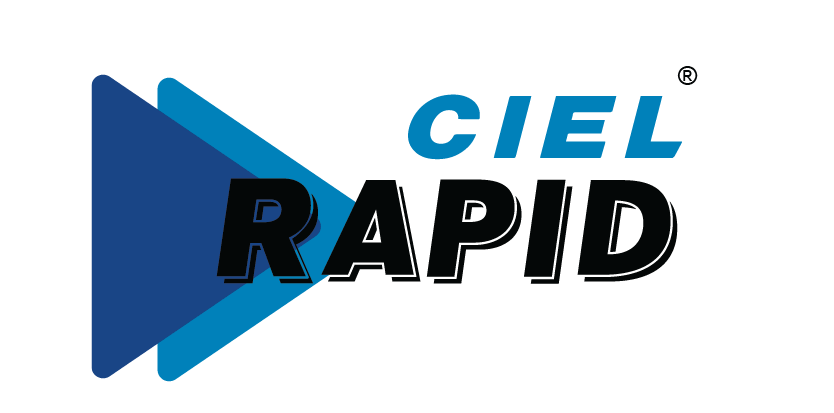About 5 years ago, many leading organisations in the world dropped the bell-curve method of performance appraisal. This was the most significant tool of talent development and an important input to their succession planning process. This was a watershed moment in HR.
The objective of performance management is to improve organisational results such as revenues per employee, profits per employee, enterprise value, customer satisfaction score, employer brand perception and employee turnover rate. Leaders and thinkers realised that the bell curve was not fulfilling the objectives. They advocated regular check-ins and performance feedbacks. Given the dynamic business environment, the talent pool is gradually becoming more diverse and flexible by design. Given this, how do leaders drive excellence in performance?
Stick to the basics
An organisation’s business results depend upon the way its operational processes behave and its employees go about carrying out those processes. These work processes ensure that customer needs are understood, the product or the service is designed well for its target audience, priced appropriately, manufactured and delivered most efficiently. They define methods to monitor results along the way and improve them continually.
All of these are executed well only when the people processes are aligned well with the organisation’s values, purpose, strategy and commitment to the wide range of stakeholders it serves. These bring to the fore the leadership practices, development and execution of strategy, customer focus and the system to measure, analyse and improve.
Naturally, performance excellence covers multiple dimensions and calls for rational approach, systematic implementation and continuous monitoring to learn and improve. This basic framework is described in globally acclaimed models such as Baldrige or EFQM. Irrespective of the changes around us, these basic principles of driving business results continue to stay relevant. In the decade ahead, these are unlikely to transform in any major way.
Role of leadership
Models are available for all the organisations on the planet. However, every organisation becomes unique in its core values, beliefs and leadership practices. Despite the knowledge of the do’s and don’ts of driving performance excellence as a culture, a leader may not demonstrate the desired behaviours.
For example, many leaders know that they need to build trust with the members of their team so that truth is spoken, issues are tabled honestly, everyone participates to identify the root causes and necessary actions are taken to plug the gaps. How many of them are consistently show this behaviour in reality?
We need leaders to create the vision and make choices to realise that vision, build an environment of trust and openness, promote the desired behaviours in the team, lead by example, pick and develop the talent in alignment with the firm’s core beliefs, make sure that the key processes delivering value are relevant, measure key performance results, hold people accountable for results as well as the compliance with the processes and drive changes that are essential in the organisation. These behaviours need to be visible to everyone across the organisation. In the coming days, the workforce of the future is increasingly diverse, shorter on tenure, quick to engage as well as disengage with the work environment and hence, focused on achieving milestones in quick succession and ongoing rewards and recognition. Hence, the leaders need to make sure that the changes taking place around them are adequately and appropriately responded in terms of their behaviours. They need to communicate more often than now, simpler than ever before, be agile in their strategies and compressing cycle times for all processes in the organisation.
Innovation at a rate faster than ever before
With technologies changing so fast and the world getting deeply integrated in terms of culture and social norms, people are connected closer than ever before. Information has been flowing seamlessly in almost all parts of the world, people have been collaborating faster to innovate new products, methods and models which are being used in almost all walks of life.
Organisations have to take a cue from this and have an active R&D agenda or innovation agenda. They need to continually implement new ways of doing things, innovate new offerings for their stakeholders and deliver greater value over time. Else there will be many others who would overtake it and may push it to oblivion. While building the organisation for tomorrow, the management team has to embrace innovation and actively pursue it like there is no tomorrow.


